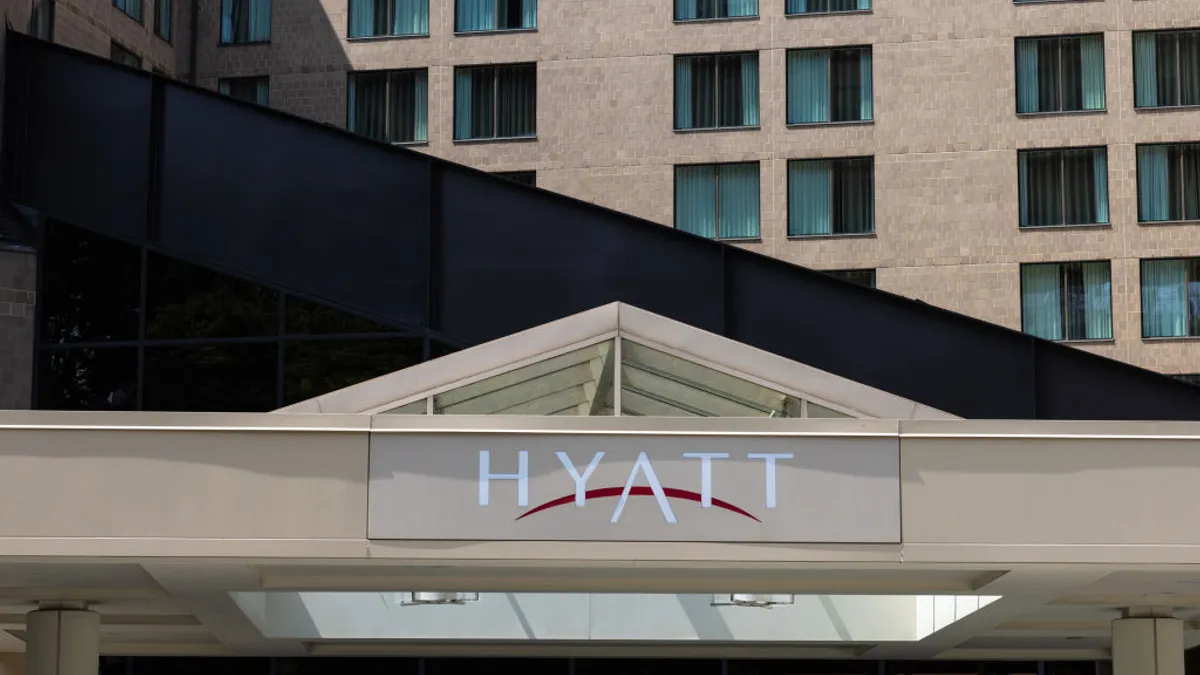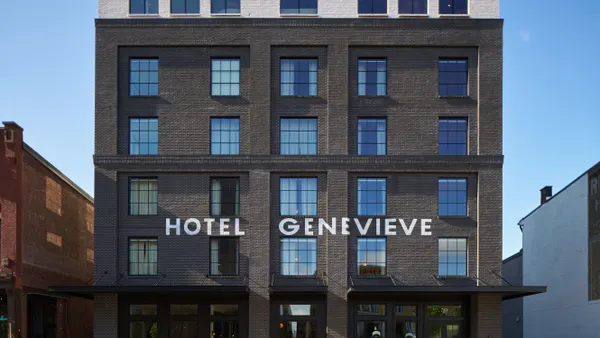A new report by Hospitality Sales and Marketing Association International (HSMAI) found that hotel organizations are increasingly re-prioritizing their company structures following the COVID-19 pandemic to optimize efficiency and drive revenue. The findings are part of HSMAI’s The State of Talent Report, which highlights 10 current talent-related trends in the hotel industry.
One top trend is the acceleration of commercial strategy, which is the integration of an organization’s revenue management, sales and marketing teams. Hotel organizations are increasingly opting to re-prioritize their company structures, breaking down silos between commercial disciplines and aligning across all drivers of top-line sales generation, according to the report, which includes data collected from research, events, polls and conversations.
The top reasons hotel organizations are prioritizing commercial strategy include the emergence of new sales channels and models (18%), changes in customer needs and engagement preferences (14%), competitive threats (13%), increasingly complex product/service portfolios (10%), revenue growth challenges (9%) and cost-to-serve challenges (4%). Additionally, 31% of North American HSMAI organization members surveyed said all of the aforementioned factors contribute to the prioritization of commercial strategy.
Maryland-based PM Hotel Group’s Tina Meredith, vice president of revenue management, and Lovell Casiero, senior vice president of sales and marketing, said that before the onset of COVID-19, commercial strategy was a popular buzz term in the hotel industry, though hotels weren’t pursuing it actively.
Then, with the pandemic came the breakdown of silos, as many industry professionals were forced to wear multiple hats across the commercial disciplines, including sales, revenue and marketing. Once this collaboration began, organizations started realizing increased revenue, the PM Hotel Group team noted.
Across North American HSMAI organization members, 39% of those surveyed said they have made progress in some areas of commercial strategy and plan to address others. Additionally, 17% said they have a comprehensive roadmap and are on their way to commercial effectiveness, while 17% said they are a commercial effectiveness leader.
Lori Kiel, chief commercial officer at hospitality brand Kessler Collection, likewise pointed to increased revenues as a driver of commercial strategy in the hotel industry. She said amplified revenues, increased profitability and enhanced operational efficiency are achievable when all three revenue-generating or top-line disciplines report to one leader, one strategy and one goal.
Under Kiel’s direction, Kessler Collection – which owns multiple luxury hotel properties across the country, including Beaver Creek Lodge in Beaver Creek, Colorado, and JW Marriott Savannah Plant Riverside District in Savannah, Georgia – has integrated commercial strategy to a greater degree and has seen a positive outcome.
Kessler Collection started by integrating its sales and revenue teams under one leader, which helped realign the teams, build new collaborative strategies and establish protocols for business evaluations. The brand then integrated the marketing team – a process far less arduous, Kiel noted. The alignment of the three teams resulted in all teams being better equipped and supported to help hotel properties.
According to the HSMAI report, leadership that can see the big picture and understand how everyone can contribute most effectively is required to facilitate a smooth integration of commercial teams.
Kiel agreed: “The leader must create strategies that cross the three disciplines and then facilitate that collaboration. It is imperative that the leader be well-versed in mechanics of team formation and dynamics. It is not a perfect process but well worth the work to lead the team to win.”
For PM Hotel Group, putting a heightened focus on commercial strategy during the peak of the pandemic resulted in significant growth in ADR and RevPAR index/share growth. The integration of commercial strategy at the organization was a result of team collaboration at every point of sale, Meredith and Casiero noted.










